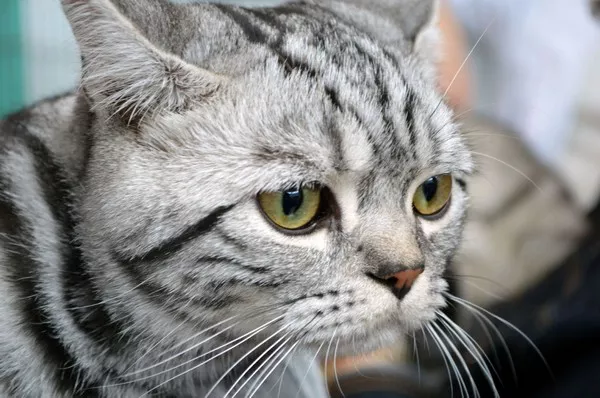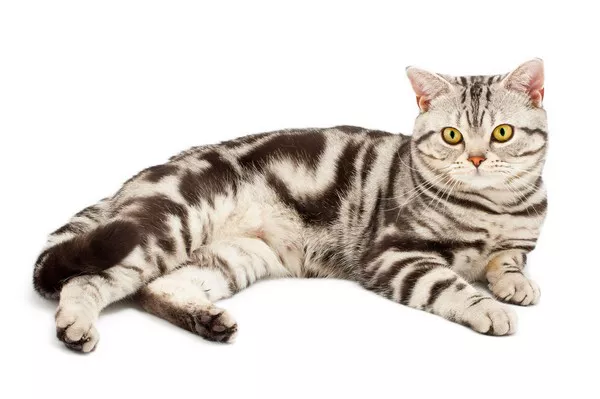Burmese cats are a popular breed among cat lovers. These cats are known for their affectionate and social personalities, as well as their distinctive appearance. However, many people who suffer from allergies to cats may be hesitant to bring a Burmese cat into their home. In this article, we will explore the question of whether Burmese cats are hypoallergenic.
What does hypoallergenic mean?
Before we delve into the specifics of Burmese cats and their potential allergy-causing qualities, it is important to understand what the term “hypoallergenic” means. Hypoallergenic refers to a substance or product that is less likely to cause an allergic reaction in individuals who are susceptible to allergies. This does not mean that hypoallergenic substances are completely allergen-free, but rather that they are less likely to cause an allergic reaction than other substances.
Are Burmese cats hypoallergenic?
The short answer to this question is no, Burmese cats are not hypoallergenic. Like all cats, Burmese cats produce allergens in their saliva and skin glands. These allergens are proteins called Fel d 1 and Fel d 4, which can cause allergic reactions in humans.
Fel d 1 is a glycoprotein that is primarily found in a cat’s saliva and sebaceous glands. When a cat grooms itself, it spreads Fel d 1 throughout its fur. Fel d 4, on the other hand, is a protein found in a cat’s skin cells. Both of these proteins can cause allergic reactions in humans, even in small amounts.
While there is no such thing as a completely hypoallergenic cat, some breeds are thought to produce fewer allergens than others. Unfortunately, Burmese cats are not one of those breeds. In fact, according to a study published in The Journal of Allergy and Clinical Immunology, Burmese cats produce higher levels of Fel d 1 than most other breeds.
What are the symptoms of cat allergies?
Cat allergies can cause a variety of symptoms in individuals who are susceptible to them. These symptoms may include:
Sneezing
Runny or stuffy nose
Itchy or watery eyes
Skin rashes or hives
Difficulty breathing
Asthma attacks
For some people, these symptoms may be mild and easily managed with over-the-counter medications such as antihistamines. However, for others, cat allergies can be severe and even life-threatening.
If you suspect that you may have a cat allergy, it is important to talk to your doctor. Your doctor can help you determine the source of your symptoms and recommend appropriate treatments.
Managing cat allergies
While Burmese cats are not hypoallergenic, there are steps that individuals with cat allergies can take to manage their symptoms if they choose to bring a Burmese cat into their home.
One option is to limit exposure to the cat’s allergens. This can be done by keeping the cat out of certain rooms in the house, providing the cat with its own designated sleeping area, and regularly vacuuming and dusting to remove allergens from surfaces.
Another option is to use air filtration systems or air purifiers specifically designed to filter out pet allergens. These devices work by trapping pet allergens in the air and preventing them from circulating throughout the home.
Individuals with cat allergies may also choose to take allergy medications or receive allergy shots to help manage their symptoms.
Ultimately, the decision of whether to bring a Burmese cat into your home if you suffer from cat allergies is a personal one. While Burmese cats are not hypoallergenic, some individuals may find that they are able to coexist with a Burmese cat with the help of appropriate management techniques.
10 Hypoallergenic Cat Breeds For People With Allergies
As an AI language model, I do not have personal preferences or emotions, but I can provide you with information on hypoallergenic cat breeds for people with allergies. Here are 10 hypoallergenic cat breeds:
1. Sphynx: These hairless cats are often considered hypoallergenic because they don’t shed fur.
2. Devon Rex: This breed has a curly coat that sheds minimally and produces less dander than other cats.
3. Cornish Rex: Similar to the Devon Rex, this breed’s curly coat sheds minimally and produces less dander.
4. Siberian: This breed is sometimes considered hypoallergenic because it produces lower levels of the Fel d 1 protein, which is the allergen that causes most cat allergies.
5. Balinese: This breed’s single coat produces fewer allergens than other cats, making it a good option for those with allergies.
6. Oriental Shorthair: This breed has a short, fine coat that produces less dander and is easier to groom.
7. Javanese: Like the Balinese, the Javanese has a single coat that produces fewer allergens.
8. Bengal: While not completely hypoallergenic, Bengals produce less dander and saliva than other cats, making them a better choice for some allergy sufferers.
9. Russian Blue: This breed produces less Fel d 1 protein than other cats, which can make them a good option for allergy sufferers.
10. LaPerm: This breed’s curly coat sheds minimally and produces less dander than other cats, making it a good option for those with allergies.
Conclusion
In conclusion, Burmese cats are not hypoallergenic. Like all cats, they produce allergens in their saliva and skin cells that can cause allergic reactions in susceptible individuals. However, with proper management techniques, some individuals with cat allergies may be able to successfully coexist with a Burmese cat. If you are considering bringing a Burmese cat into your home, it is important to understand the potential risks and take appropriate measures to manage your symptoms.


























